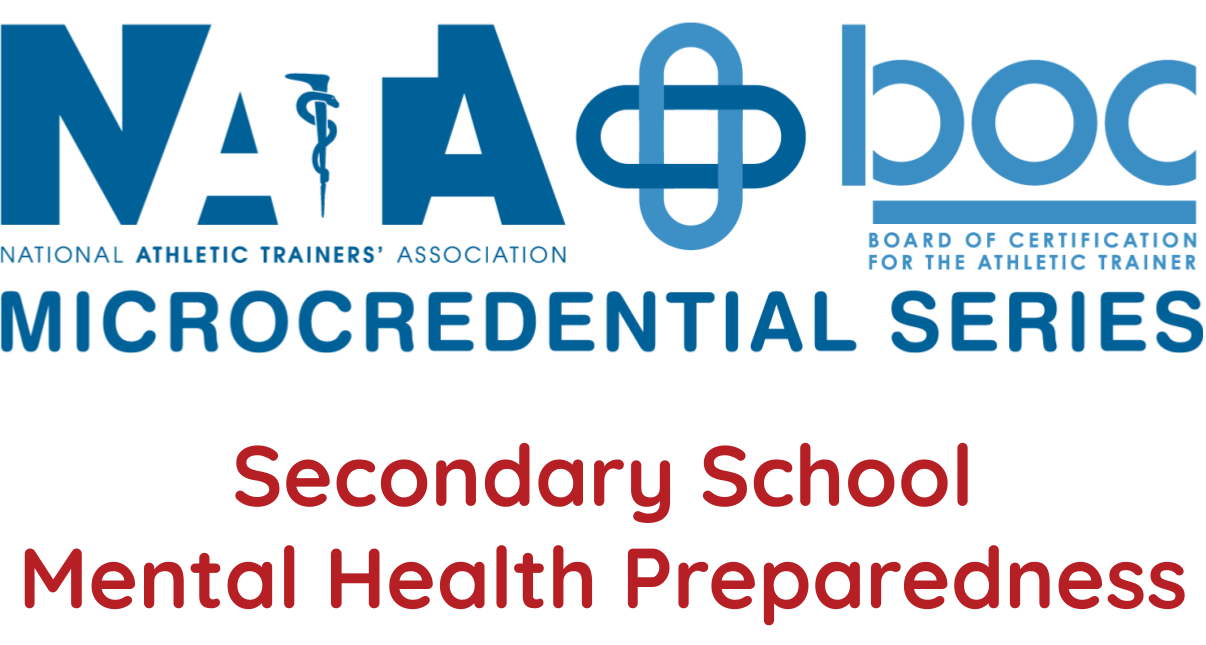
Treatment of the Athlete with Mechanical Low Back Pain: Where does Manual Therapy Fit In?
-
Register
- Non-member - $25
- Member - Free!
- Student - Free!
- Staff - Free!
- Certified Student - Free!
- Retired - $15
This presentation was recorded at NATA 2022 in Philadelphia and featured in our 2023 Encore.
Abstract:
There’s no clear prescription or protocol for the treatment of mechanical low back pain. This session is designed to provoke discussion on the topic of rehabilitation of athlete with mechanical low back pain, focusing on the role of manual therapy and its interaction with exercise and neuroscience education. Theoretical mechanisms of action as well as current evidence of effectiveness of interventions will be presented. There are no “correct” answers in the literature, so this will be an expert- and evidence- guided exploration of the topic.
Learning Objectives:
- Explain the mechanisms of the effects of manual therapy on mechanical low back pain
- Defend the use of manual therapy in the treatment of their patients with mechanical low back pain
- Discuss a treatment plan to treat a patient with mechanical low back pain that includes manual therapy, exercise and neuroscience education
Level:
Advanced
Domain(s):
- Domain 2: Assessment Evaluation and Diagnosis
- Domain 4: Therapeutic Intervention
CEUs:
1.0 Category A
Keywords: mechanisms, rehabilitation, spine, manual therapy, mechanical low back pain
Enhanced Access On-Demand Course Expiration:
Access to this course will expire at the end of the membership year on December 31 at 11:59 p.m. CST.
For full details, refer to the Expiration Date Policy on our FAQ page.
Sayers John Miller, PhD, PT, ATC
John is Associate Teaching Professor of Kinesiology at Penn State University. For the past 21 years he has split his time between teaching in the Undergraduate Athletic Training Education Program, working as a physical therapist at Penn State Sports Medicine Physical Therapy and a rehabilitation specialist with Penn State Intercollegiate Athletics. His clinical interests include manual therapy and the treatment of spinal dysfunction. John earned his BS degree in Health and Physical Education with an emphasis in Athletic Training and his PhD in Kinesiology from Penn State University. He earned an MA degree in Physical Therapy from Stanford University. His professional experiences include working as an assistant athletic trainer with the San Francisco Forty Niners and selection as the athletic trainer for the US Freestyle Ski Team at the 1992 Olympic Winter Games in Albertville, France. He also owned an outpatient orthopedic physical therapy clinic in Seattle, Washington for 10 years before returning to Penn State to pursue his PhD. John has been a member of the NATA’s Continuing Education and Convention Planning Committees and received the NATA Continuing Education Excellence Award in 2012. The Professional Football Athletic Trainers’ Society presented him with its Distinguished Alumni Award in 2013. Recently, he was a member of the Board of Certification Practice Analysis 8 Task Force. He has also worked on developing a manual therapy certificate for the NATA.

